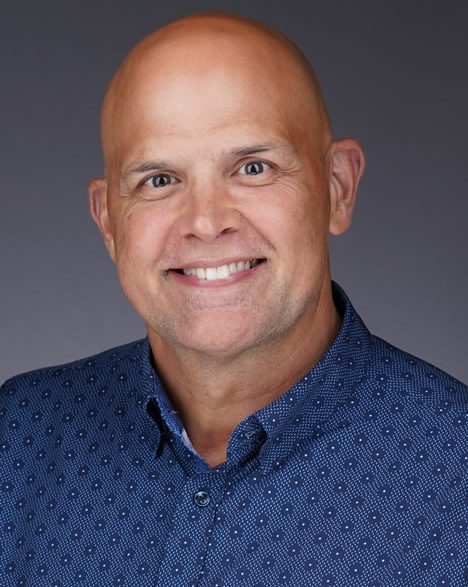The reverse mortgage business is likely to see an annual reduction in total loan volume by the time 2023 is over. Elevated interest rates have been leading to less beneficial terms for borrowers, among other challenges like secondary market liquidity and an overall challenging home market.
However, industry professionals with years of experience in the business and a commitment to it say they’re determined to push through current circumstances. And many of them have witnessed booms and busts before.
A conversation this week in Nashville at the National Reverse Mortgage Lenders Association (NRMLA) Annual Meeting and Expo had this tenor.
‘We’ve been here before’
Panelists on the dais, including Scott Harmes of C2 Reverse, Loren Riddick of Worthington Mortgage Group and Bruce Simmons of American Liberty Mortgage discussed the topic, while Shannon Hicks of Reverse Focus served as the moderator.
When Hicks asked panelists and reverse mortgage originators in the audience about what has been working for them in the current market, Simmons revealed what’s keeping him going.

“What motivates me is helping people,” Simmons said. “There are so many people we can help no matter what the rates are doing. We can reach out to partners like real estate agents and financial advisors, and we know that a lot of people can still be helped who aren’t getting it. We just need to figure out a way to get through to them.”
Simmons also alluded to conversations that might arise at home from concerned spouses when loan volume is down, which an audience member also spoke about.
“I’ve been in the business for over 20 years, and we’ve been here before,” the LO said. “So [what I tell my husband] is ‘okay, honey, calm down. The money will come again.’ I just go through my list of [clients] I need to contact as soon as [the rates] start working.”
Another attendee discussed her dedication to the reverse mortgage product and the cycles she has observed over a career of more than 30 years, but described how she really embraced reverse after operating in the business for the past 18 months.
“It’s such a neat product,” she said. “There is that pipeline of people you’ve talked to who have said ‘not yet,’ and you can re-engage with them.”
In a renewed conversation, a client who may have previously turned down a reverse loan may have seen their needs shift. They might be more open to the idea now, she explained.
Re-assessing time management, home appreciation

For Riddick, finding his motivation came down to re-assessing his time-management skills. He said he has rededicated himself to prospecting more potential clients and referral partnerships while performing outreach.
“I had done so much marketing, newsletters and all kinds of stuff for my clients, and I hadn’t done any of that in the last few years,” Riddick explained. “So I started looking at myself and how many hours I was really laying it down for. So I had to kick myself and say, ‘let’s go.’”
Another attendee said that the realities of the business and potential future tailwinds are keeping him inspired.
“One is the knowledge that home [price] appreciation, long-term, is the number one wealth builder,” he said. “You can live in your home and build appreciation, and aging in place is something seniors want to do. They get both [with a reverse mortgage], and that makes for a lot of happy people once they’re able to get to that place.”
People skills, purchase loans
Simmons added that a difference-maker for reverse mortgage professionals is leaning on the more consultative aspect of the product. This requires well-developed people skills. Industry practitioners can also make clear what other options they can explore might help communicate the reverse mortgage’s utility.
“We need to know how to talk to people, so prioritizing ways to learn how to do that is key,” he said. “Make people think about the alternatives if they don’t go through with a reverse mortgage. Do they want to make mortgage payments for the rest of their lives?”
The under-utilized reverse mortgage for purchase, was also discussed at the NRMLA event. Simmons described an investor explaining that 25% of reverse purchase loans come from prior customers. This could provide a prime opportunity for LOs to re-engage with some of their former clients if they find themselves looking for a new home.
“When was the last time you reached out to your clients that you did a reverse mortgage for in 2017-18, and told them about the purchase product? ‘I know you’re in a multi-level home, is that still good for you? Or, would you maybe like to sell that place and use a reverse mortgage to purchase a new one?’”
This week, the Federal Housing Administration (FHA) published a new proposal in the Federal Register that includes an “interested party contribution.” This functions as a seller credit of up to 6% of the purchase price, according to the FHA.






